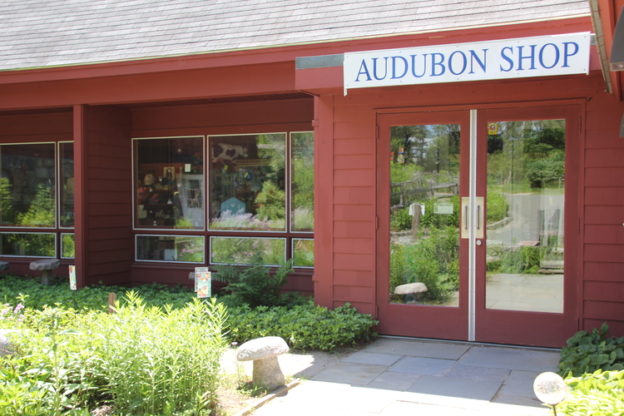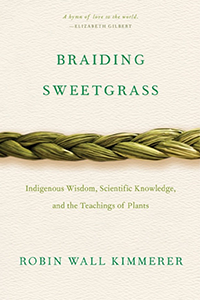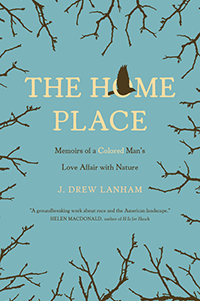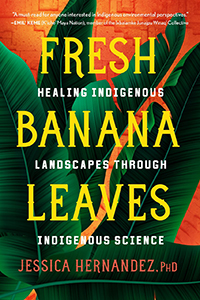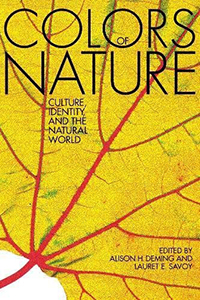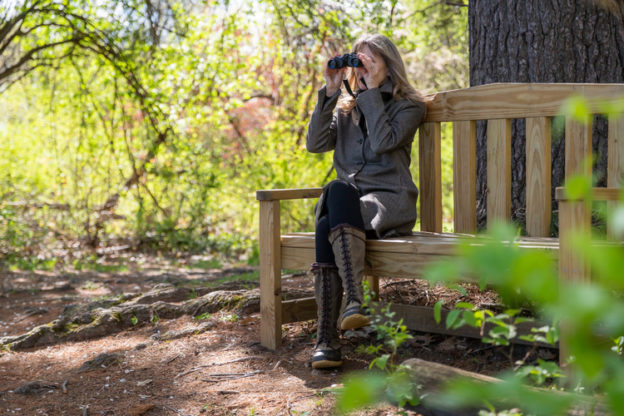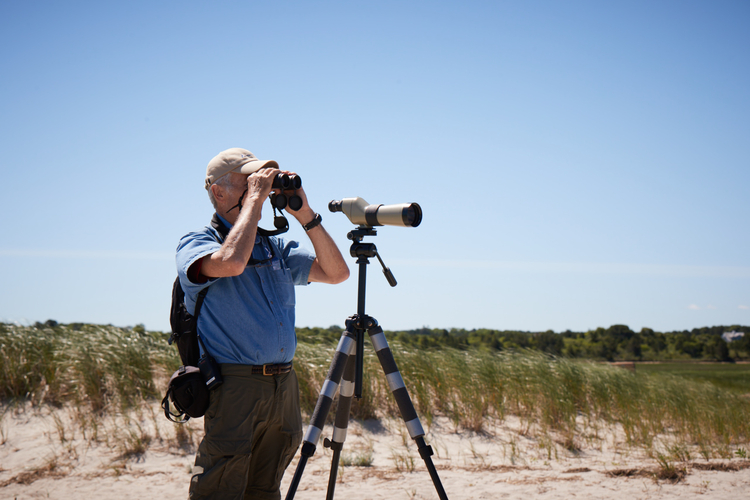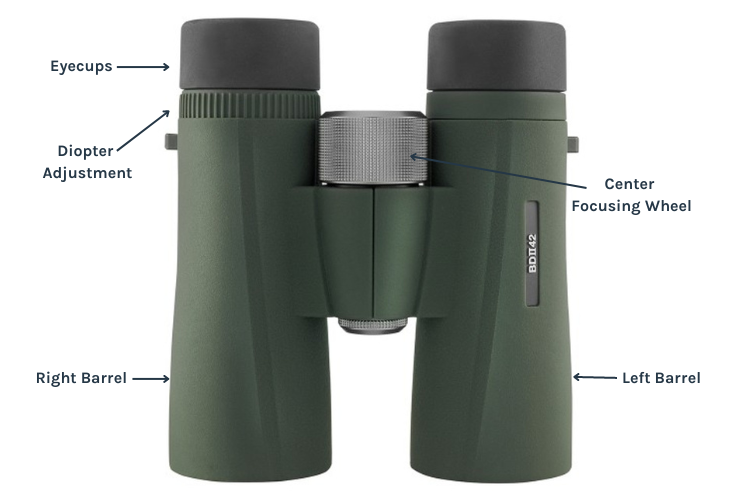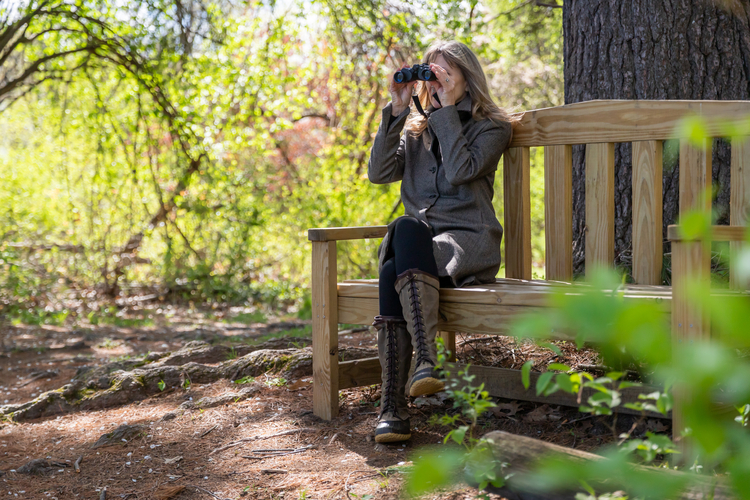Expand your book collection with four empowering nature-based books that highlight different cultural, scientific, and personal relationships with the outdoors. From Indigenous plant botany to reclaiming the joy of nature from the roots of forced labor, here are four books to broaden your nature connection and knowledge.
Braiding Sweetgrass by Robin Wall Kimmerer
Robin Wall Kimmerer is a New York Times best-selling author, scientist, professor, mother, and member of the Citizen Potawatomi Nation. In Braiding Sweetgrass, Kimmerer weaves together centuries-old Indigenous knowledge and western science, pinpointing ways to learn from plants and wildlife. Discover how we can reestablish and support a reciprocal relationship with the natural world in this captivating read.
“There is such a tenderness in braiding the hair of someone you love…When we braid sweetgrass, we are braiding the hair of Mother Earth, showing her our loving attention, our care for her beauty and well-being, in gratitude for all she has given us.”
– Robin Kimmer, Braiding Sweetgrass
The Mass Audubon Shop also sells a young adult version of Braiding Sweetgrass.
The Home Place: Memoirs of a Colored Man’s Love Affair with Nature by Drew Lanham
Drew Lanham, esteemed ornithologist, professor, and writer, shines a light on the complexity of being Black and enjoying nature on the same land his ancestors were forced into labor. In this memoir, Lanham dives into what it is like working in a historically white field, living in rural, southern United States, and finding freedom in nature.
“I am as much a scientist as I am a black man; my skin defines me no more than my heart does. But somehow my color often casts my love affair with nature in the shadows.”
– Drew Lanham, The Home Place: Memories of a Colored Man’s Love Affair with Nature
Fresh Banana Leaves: Healing Indigenous Landscapes Through Indigenous Science by Jessica Hernandez
Indigenous communities are among the most affected by climate change, even though many Indigenous peoples have long practiced sustainable and holistic management practices. Environmental scientist Jessica Hernandez pulls from her El Salvadorian and Mexican Indigenous heritage to dissect the issues of western environmental conservation and highlight the depth of Indigenous science.
“I hope this book can help Indigenous scholars, community members, and our relatives see themselves as scientists. I believe every Indigenous person carries their own scientific knowledge; for some of us it just means that we have to reclaim our knowledge that has been lost because of settler colonialism and how it impacted us individually.”
– Jessica Hernandez, Fresh Banana Leaves: Healing Indigenous Landscapes Through Indigenous Science
The Colors of Nature: Culture, Identity, and the Natural World, edited by Alison Hawthorne Deming & Lauret Savoy
This collection of essays features over 30 authors of color who share their relationship with nature through a cultural lens. Adding a new perspective to environmental literature, The Colors of Nature explores the lasting impact of the natural world and different cultural identities.
“Today I feel a sense of liberation…Despite the dark energy that still must pervade Manzanar’s [Japanese American Internment Camp] ruins, I feel only lightness as we drive past on the highway.” (Jeanne Wakatsuki Houston, Crossing Boundaries)
– Edited by Alison H. Deming and Lauret E. Savoy, The Colors of Nature: Culture, Identity, and the Natural World


